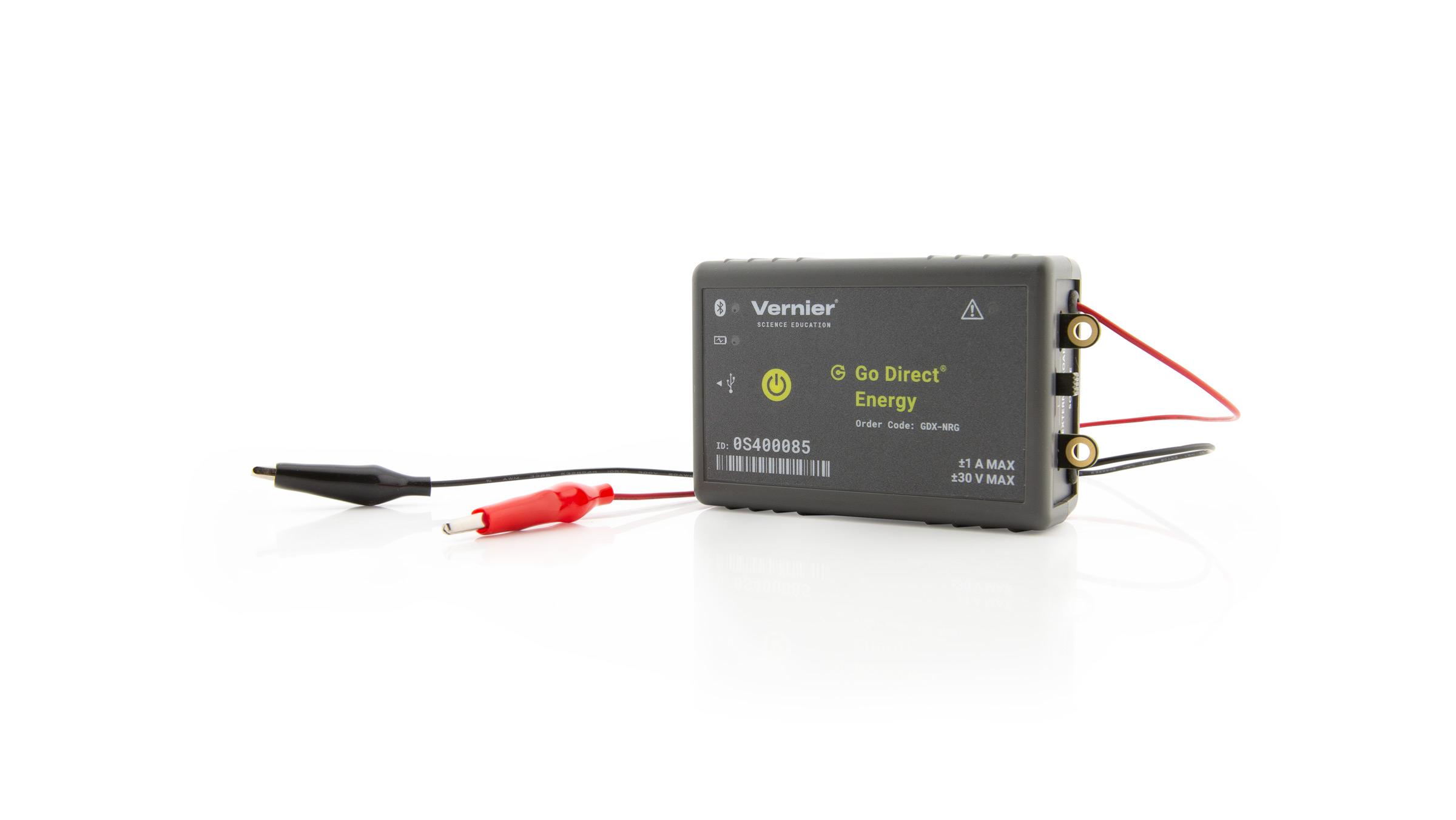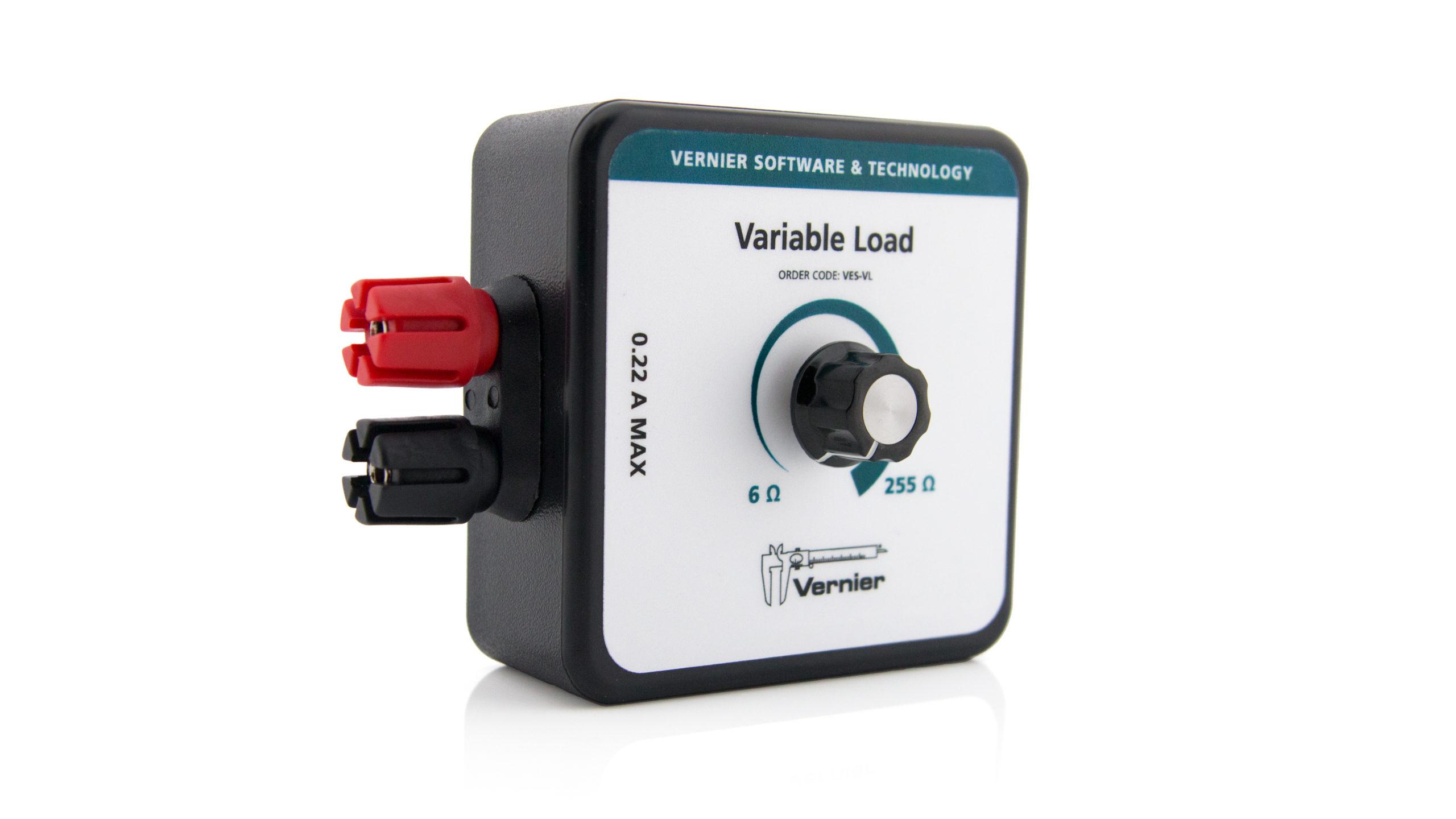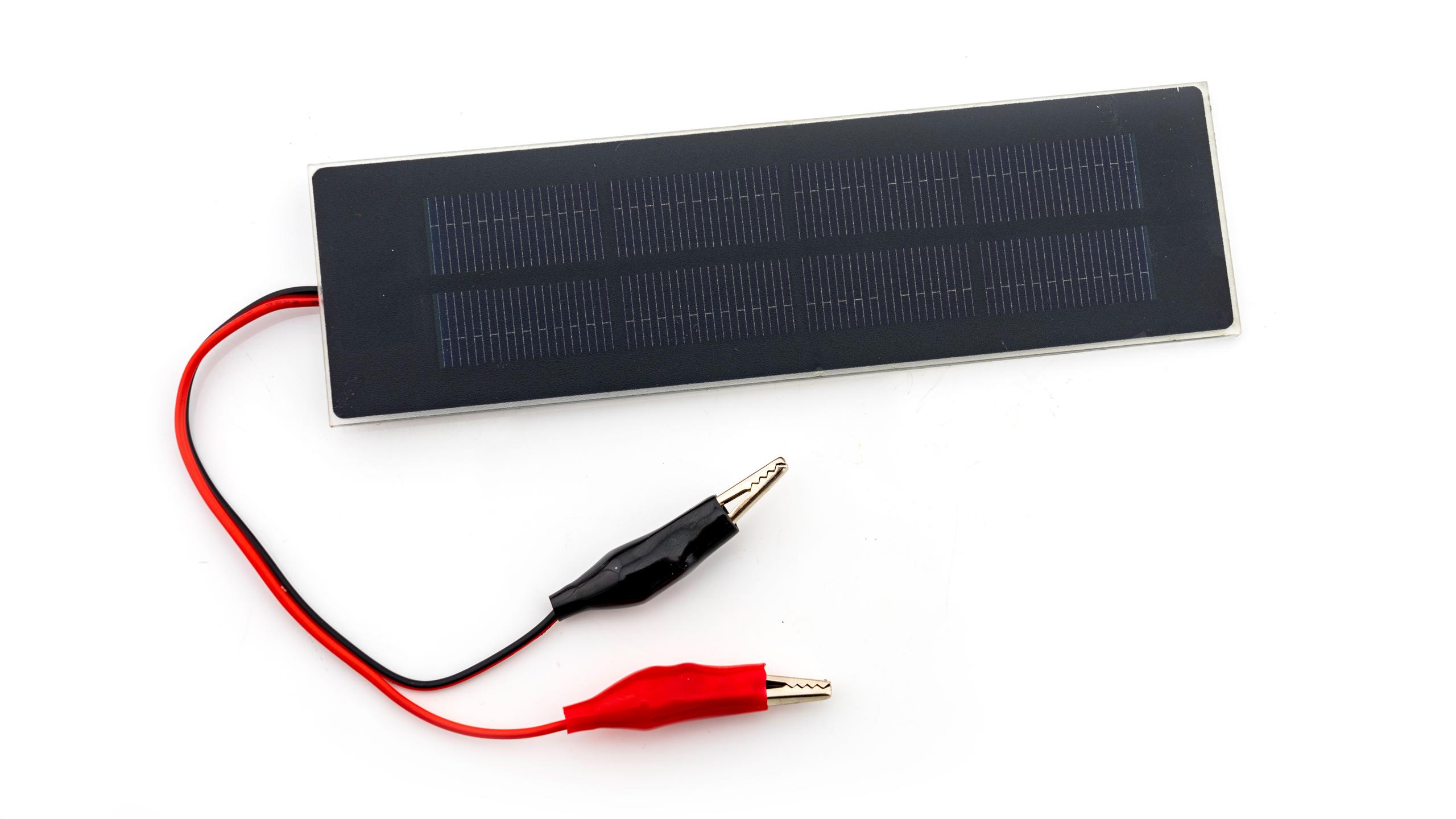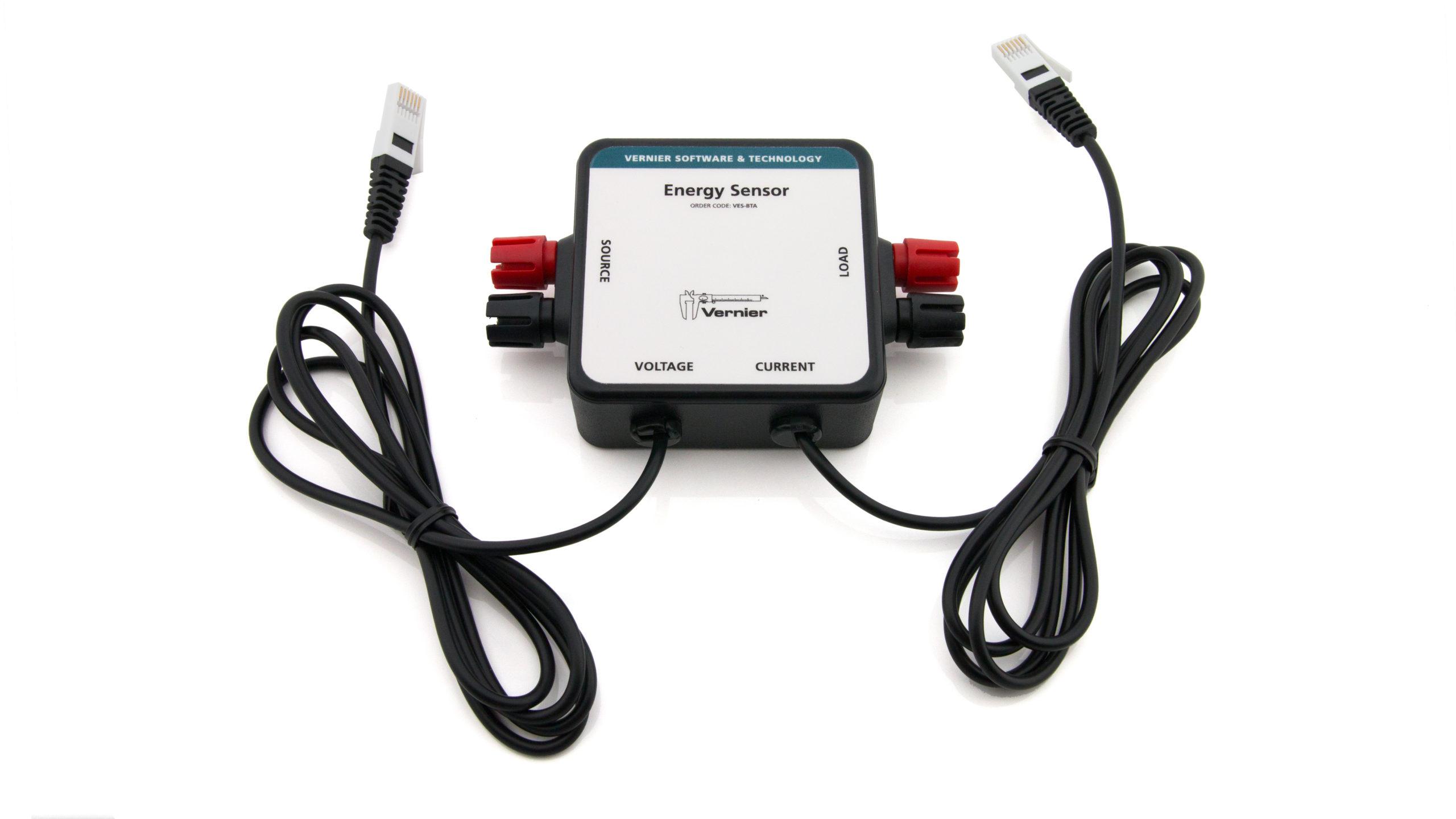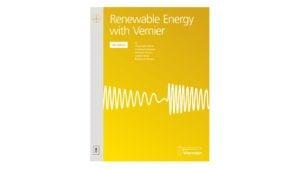Project: Build a Solar Charger
Experiment #21 from Renewable Energy with Vernier
- Education Level
- High School
Introduction
Generating electricity from fossil fuels comes with many environmental and social problems related to pollution and climate change. But in order to have a high percentage of renewable sources in our electricity mix, we need an affordable way to store large quantities of energy so it is available when electricity demand surpasses generation from the sun. We are used to getting electricity whenever we want it—not waiting for the sun to shine if we want power!
In this project, you will design a solar-powered charging system for rechargeable AA or AAA batteries. You will build a small solar array, combining at least two solar panels, to charge your batteries. Your group will work together to design, test, and optimize your system for charging batteries.
You must be careful not to overcharge your batteries. As a general rule, it is safe to trickle charge at a 10% rate, meaning your input current can be up to 10% of the battery’s rated capacity. This is called a C/10 rate. For example, if a battery is rated at 2100 mAh, the C/10 rate would be 210 mA.
A few important tips
- Note the storage capacity of each battery you are using.
- Determine the maximum current output of a single solar panel from your array. This is also known as the short-circuit current (ISC).
- Arrange your solar panels in a circuit so that the maximum current does not exceed 10% of the rated capacity. The maximum voltage of your solar array can be slightly greater than the total voltage of your batteries.
- You may need to use a Vernier Variable Load or a resistor in series with your solar panels to limit the current flowing from the panels into the batteries.
Sensors and Equipment
This experiment features the following sensors and equipment. Additional equipment may be required.
Ready to Experiment?
Ask an Expert
Get answers to your questions about how to teach this experiment with our support team.
- Call toll-free: 888-837-6437
- Chat with Us
- Email support@vernier.com
Purchase the Lab Book
This experiment is #21 of Renewable Energy with Vernier. The experiment in the book includes student instructions as well as instructor information for set up, helpful hints, and sample graphs and data.

